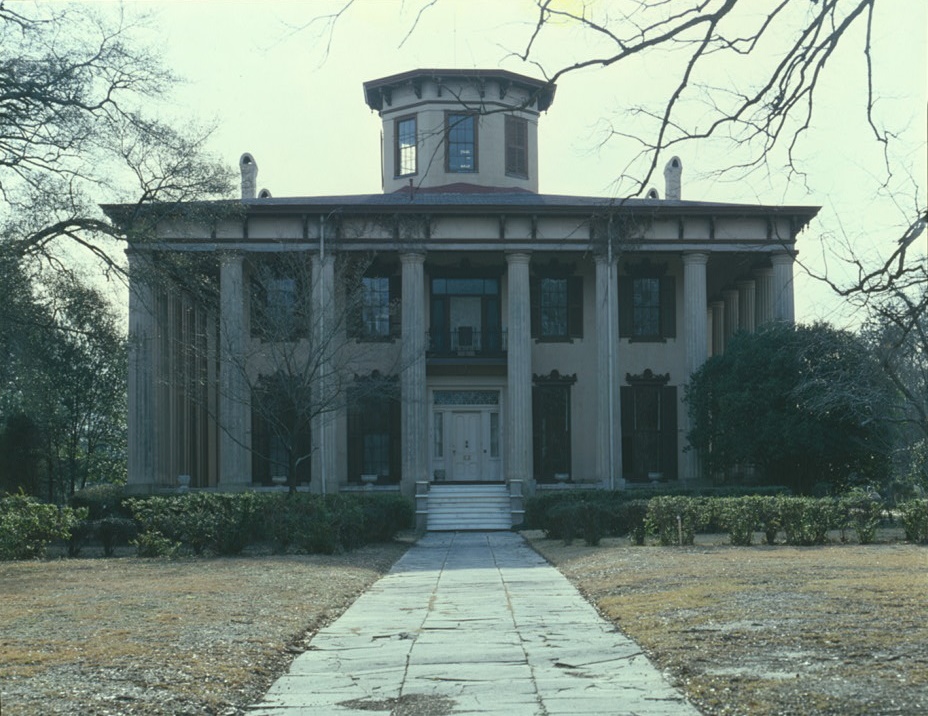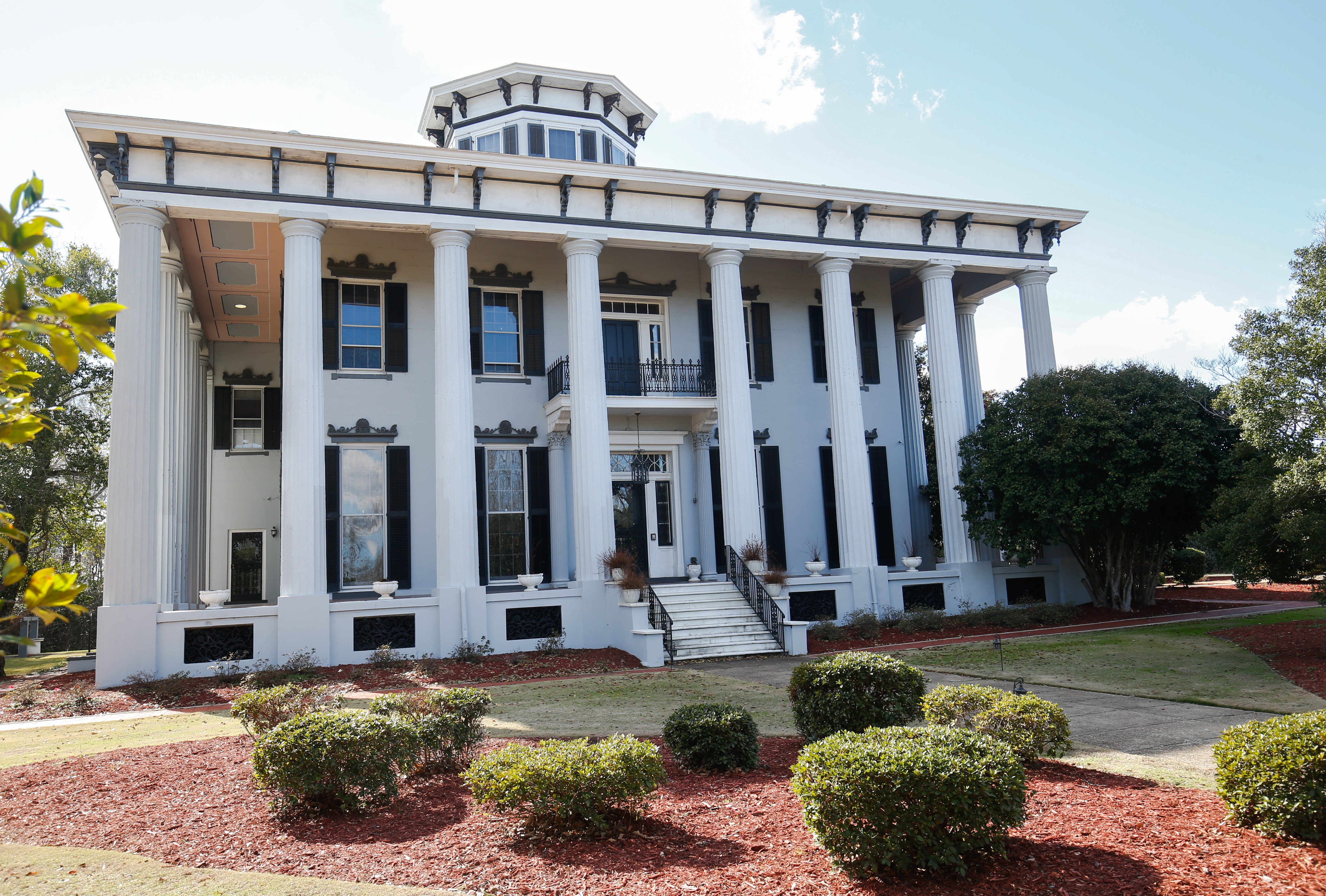get these nets
Veteran
I want all Slavery Tourism to cease -- in the states and abroad. If it has to go on -- I want them all to be museum -- with all revenue going back to the descendants of the enslaved.
Luckily, I haven't met anyone who is proud of their rapist DNA. I know why my mom's Mom maternal family is light-bright damn near white -- it's not out of love. My grandmothers father has the same story.
My mom left Alabama during the second wave of the Great Migration because my Grannie did not want her or my Aunts to work for white families because it was rampant violence and rape against the young and old Black women in their county.
Have you read At the Dark End of the Street: Black Women, Rape, and Resistance--A New History of the Civil Rights Movement from Rosa Parks to the Rise of Black Power? It's really good.
Thanks for the recommended reading and the trailer. It's touchy because it strikes at the core of manhood (protecting family).
===
We've all met people who have bragged about white ancestors(indirectly). Colorism and hair-ism issues in the diaspora are based on this and the premium some place on the physical features that often point to that white ancestor.
I've met people who have done it directly. They've introduced themselves, emphasizing their important last names . And seemed genuinely puzzled that I didn't know or care about those names.(The Our Kind of People crowd and their Caribbean counterparts)
==
Difference between slavery tourism in Western Hemisphere and on the continent is that the paperwork /records exist on this side of the Atlantic. African descended person on this side of the world can determine which colony his family was enslaved, under which flag, under which plantation, and maybe even which slaveship and which port their family member disembarked.
I also think that the issue of slave dungeons in W. Africa and how diasporans fit into that industry contradicts what I interpret ADOS to be.
I see ADOS as emphasizing that people enslaved HERE deserve full rights as citizens, whatever benefits earmarked for them HERE, and reparations from THIS govt. Outsiders do not qualify for the last two things, nor are they allowed to dictate what people HERE should or shouldn't be doing.
We , in the disapora, can guess going by logs, studying history, commercial patterns, etc and try to figure out from which slave port our ancestors departed...and under which ruler, but it would be more difficult to figure than which new world port those people disembarked.
Guestimates at best.
And how would we as outsiders to these modern day West African countries get to dictate what they should or should not be doing?

 Somehow what I was saying here made it back to them perhaps?
Somehow what I was saying here made it back to them perhaps?




